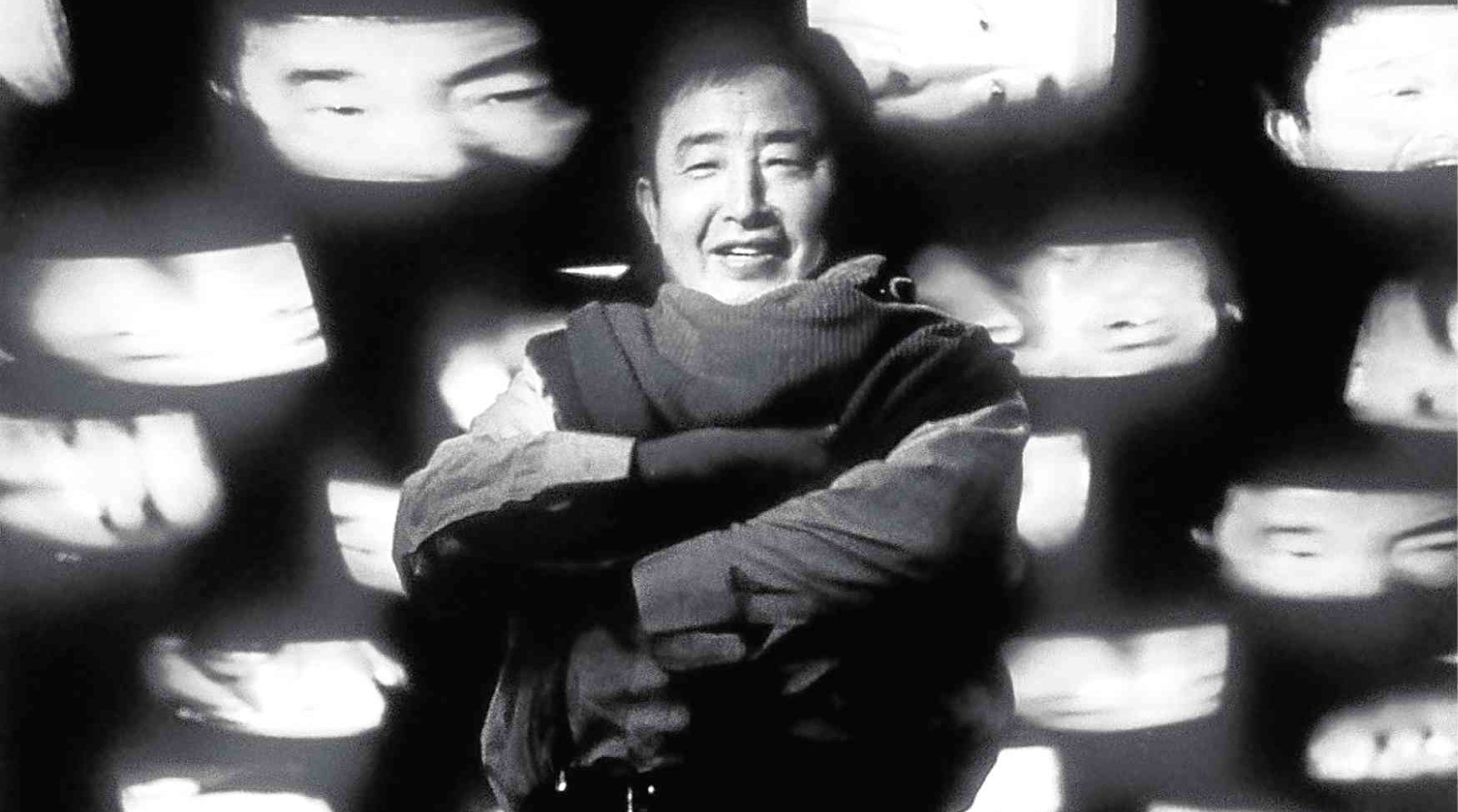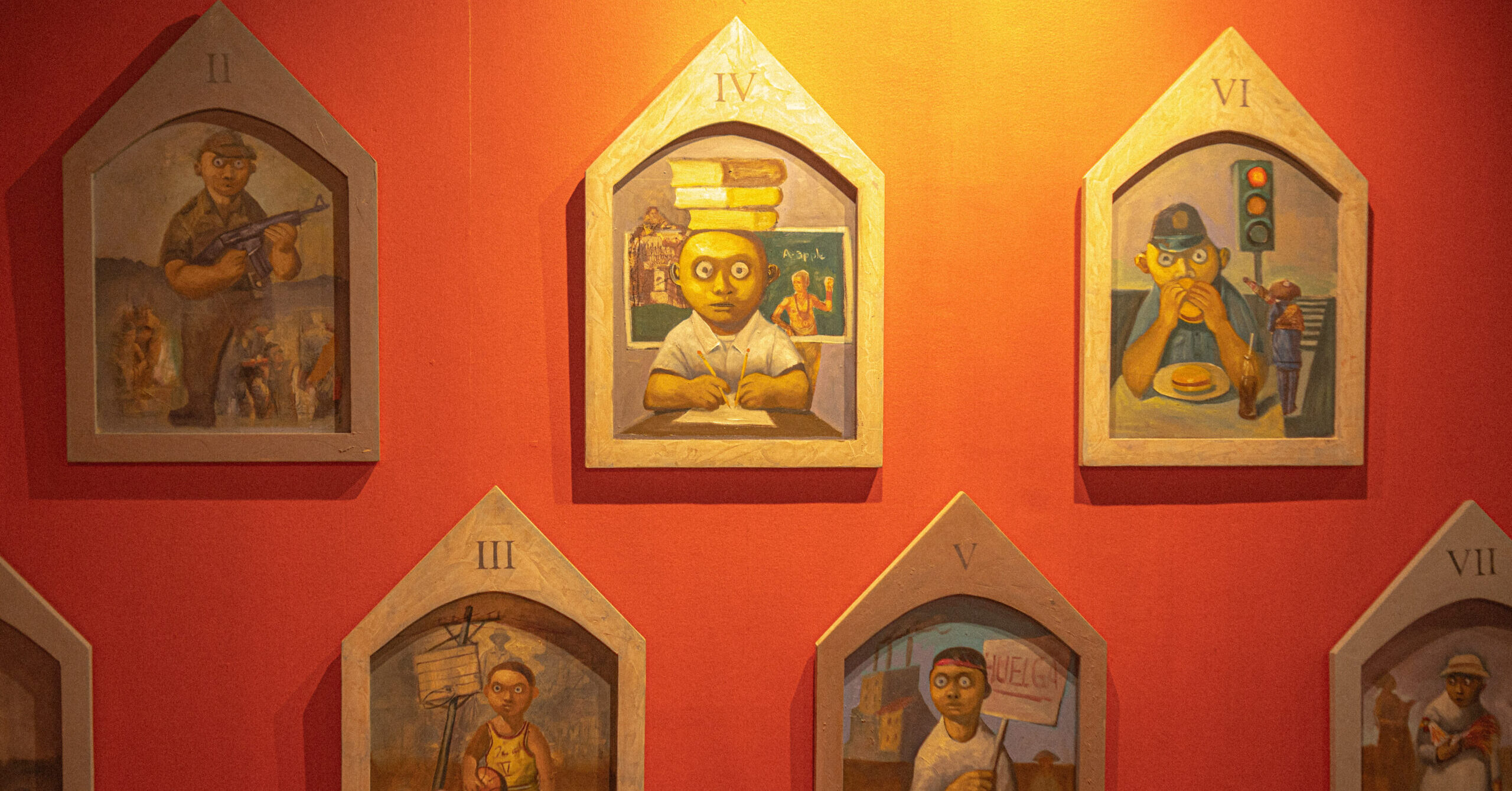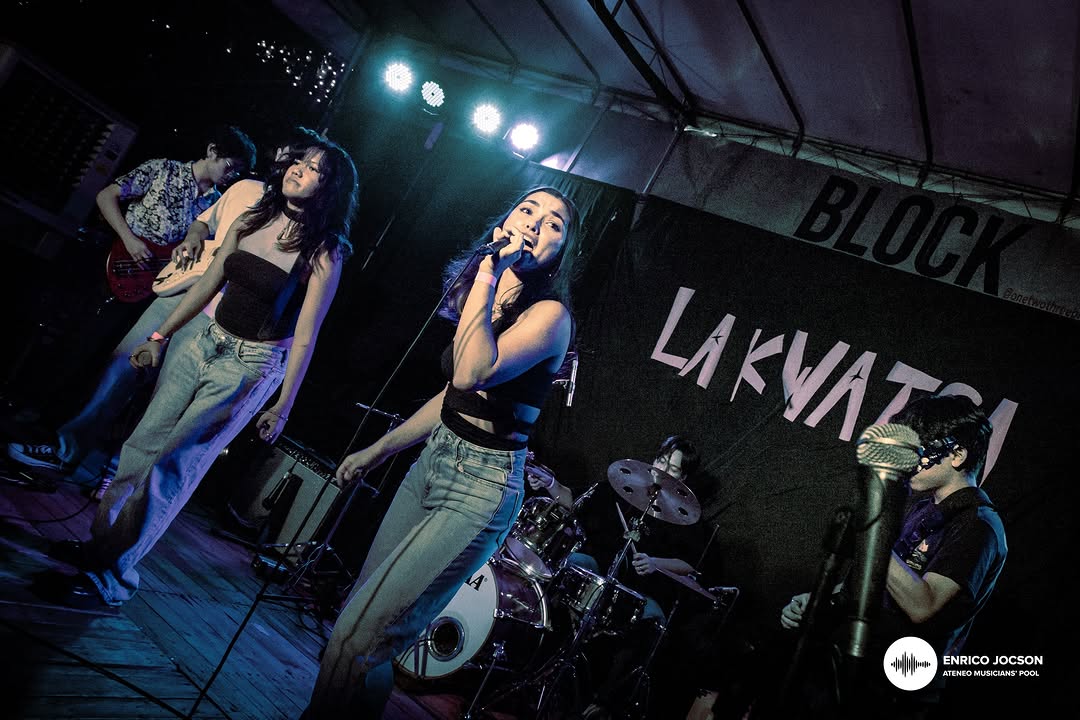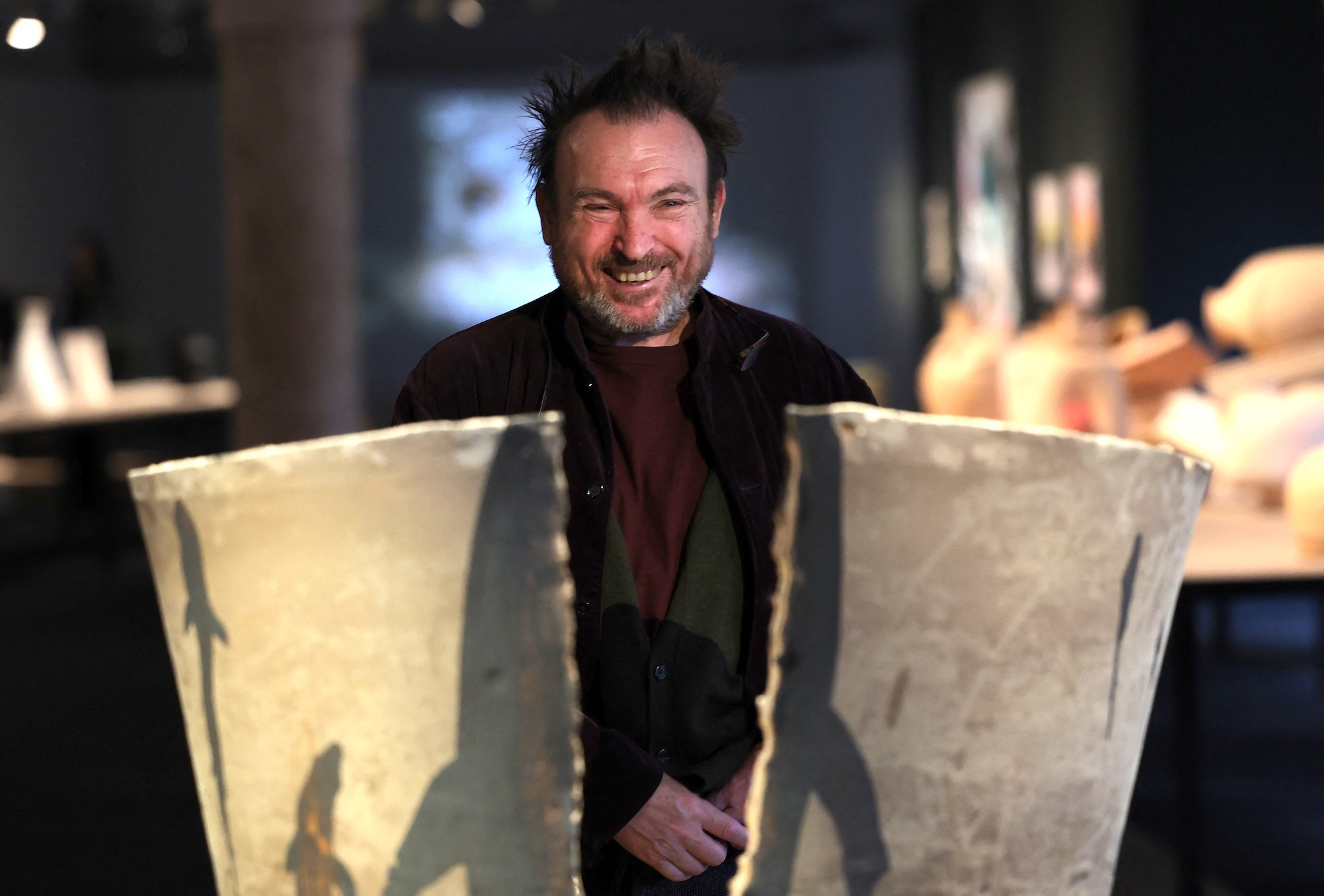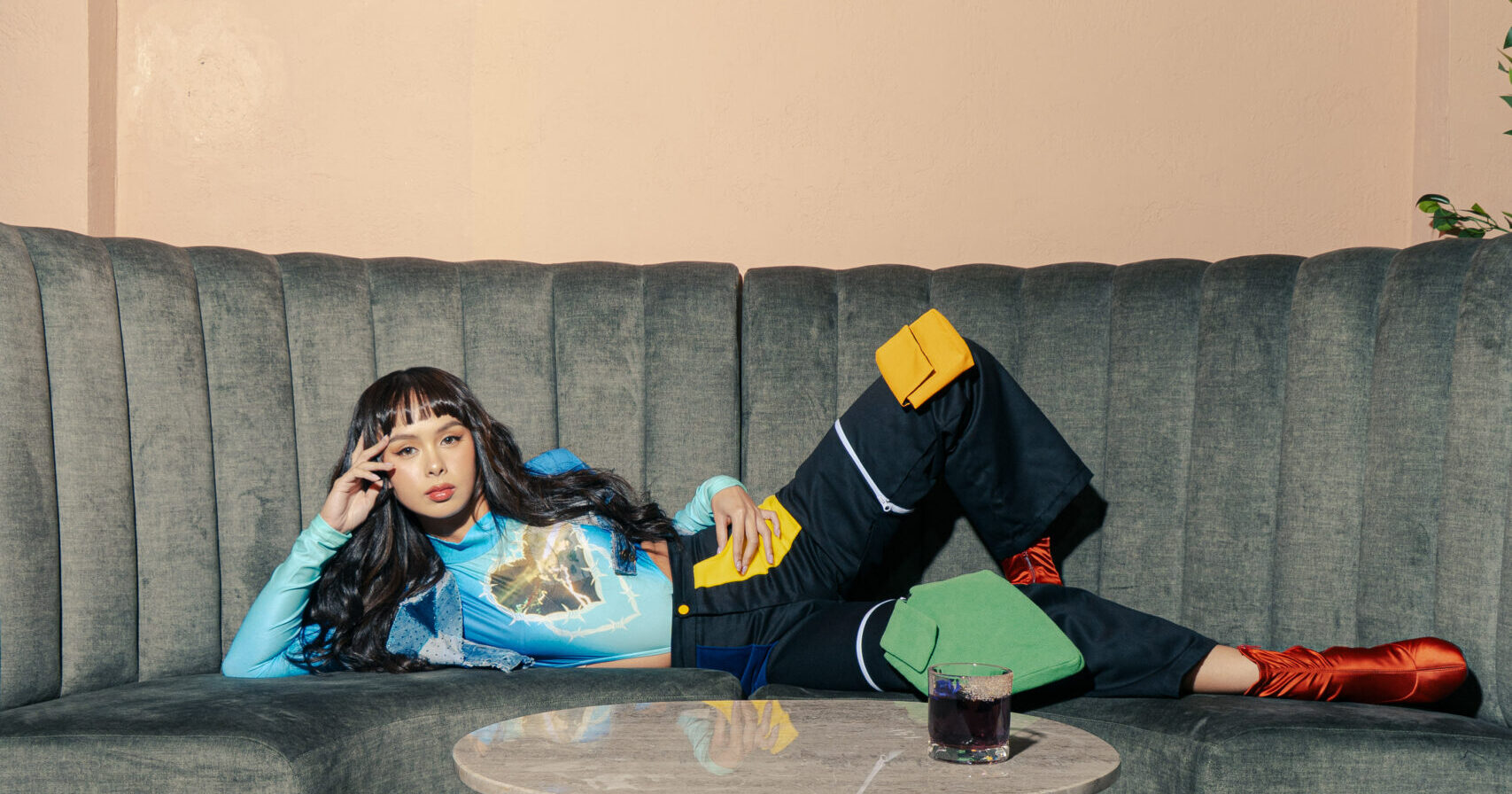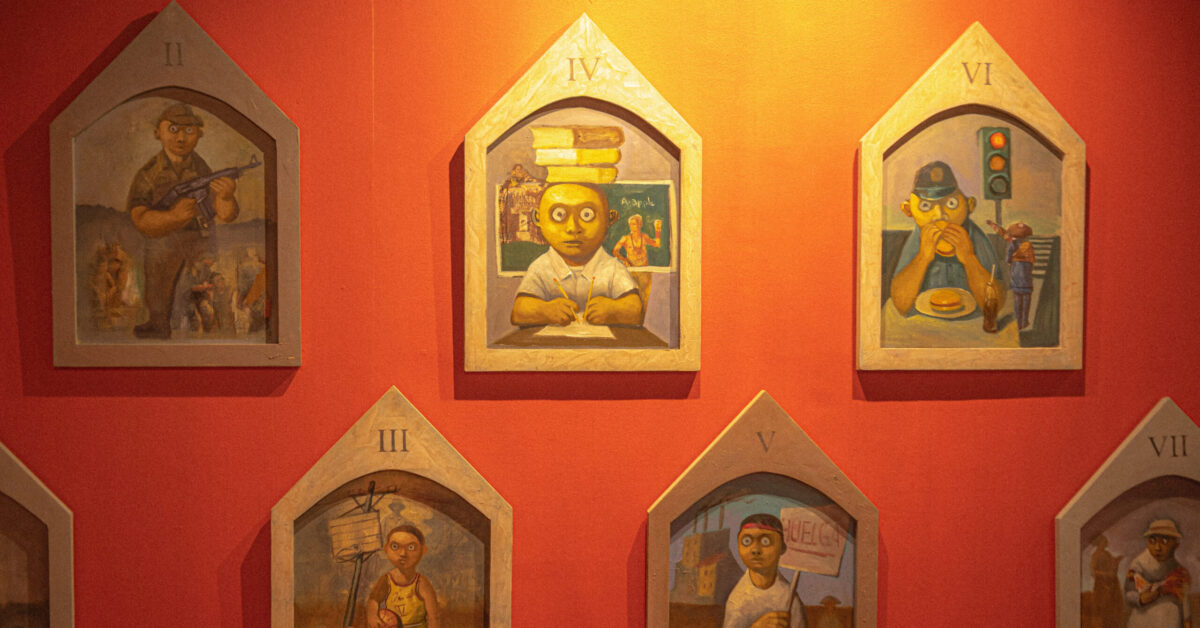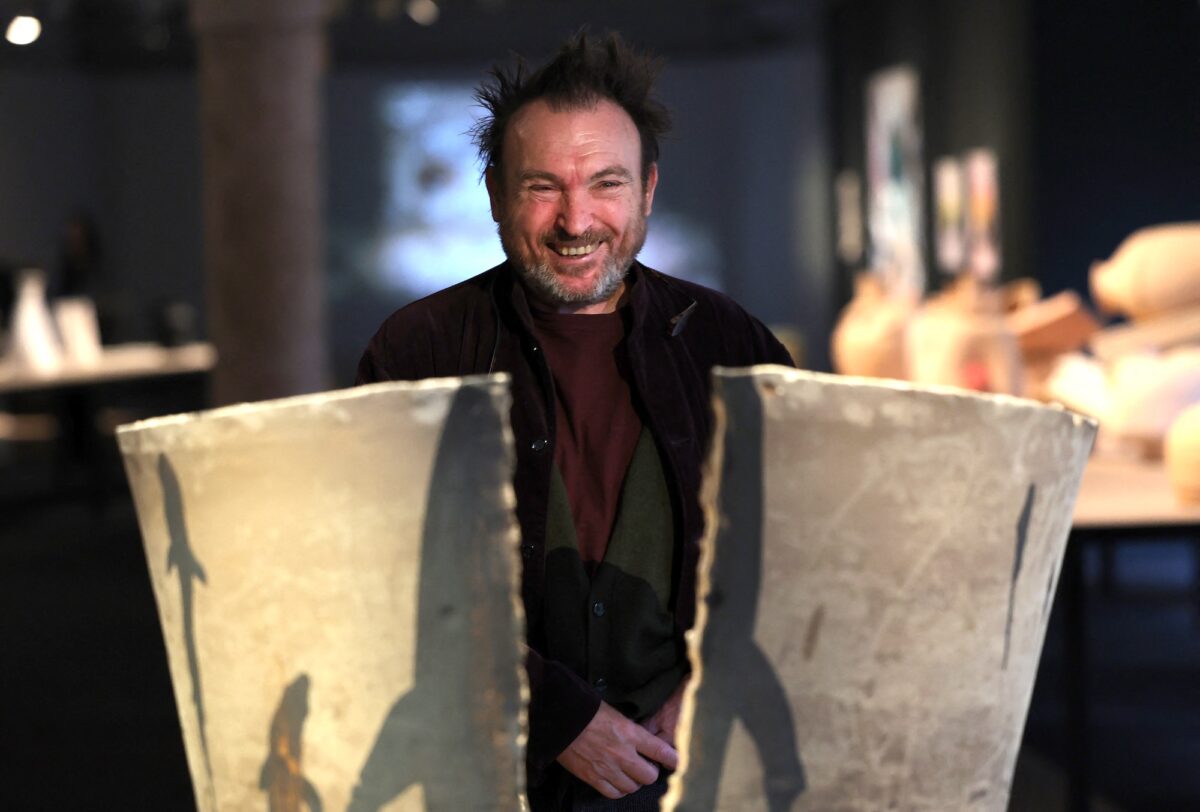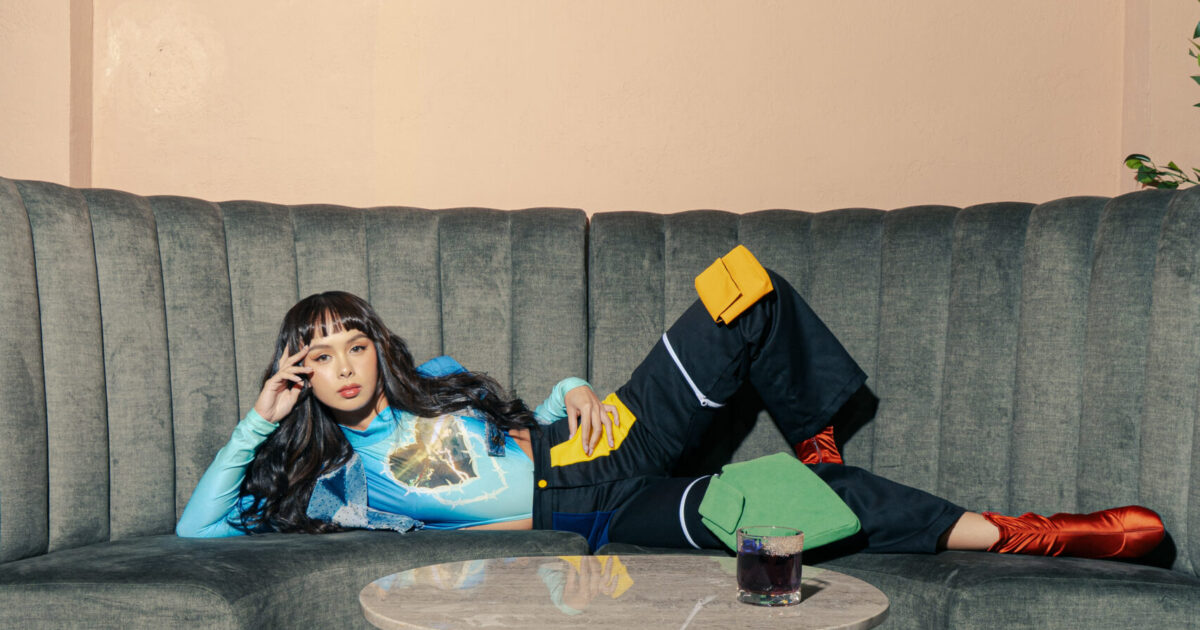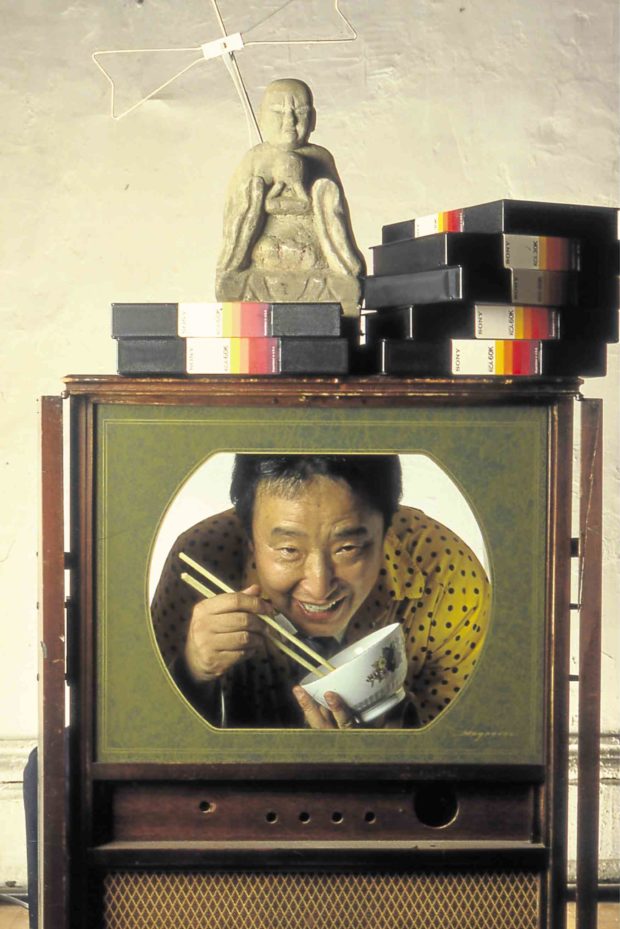
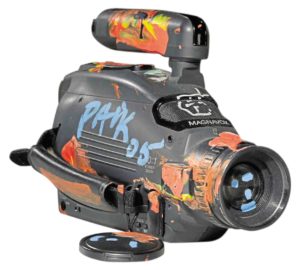
The international exhibit “Nam June Paik in Manila,” which will open today at 6 p.m. at León Gallery’s new premises at Corinthian Plaza in Legazpi Village, Makati, will afford the Philippines and Southeast Asia a first-hand experience of the prescient, highly compelling art of the late Korean-American artist who’s generally acknowledged as the “Father of Video Art.”
Nam June Paik (1932 -2006) was ahead of any artist to tap into video technology and explore its potentials for global connectivity and multiart interactivity and the signification and meanings all this could generate.
Nam was a leader of the global avant-garde and with George Maciunas and Joseph Beuys, formed the postmodern art movement Fluxus (flowing), which removed borders and divisions between art and life.
“Nam June Paik in Manila” is presented by León Gallery International in collaboration with Gagosian Gallery, the renowned art house that has represented the Nam June Paik estate since 2015.
“This is Gagosian Gallery’s first foray into Southeast Asia and a very rare occasion where they collaborate with any gallery, worldwide,” said Ken Hakuta, the late artist’s nephew and executor of his estate.
The exhibit will feature 24 pieces done from 1983-2005, including several iconic objects “that blur the lines between art and technology, the past and the future, philosophy, fame and commercialism,” said Jaime Ponce de León of León Gallery International.
“Not only video art, but top rate international art of this caliber has rarely been seen in Manila,” Hakuta told the Inquirer.
“I hope not only the collectors and museum curators, but many art students, will be able to see this exhibition,” he added. “It is highly educational. And fun. With TV Buddhas. Toy Robots. Bakelite Robots.”
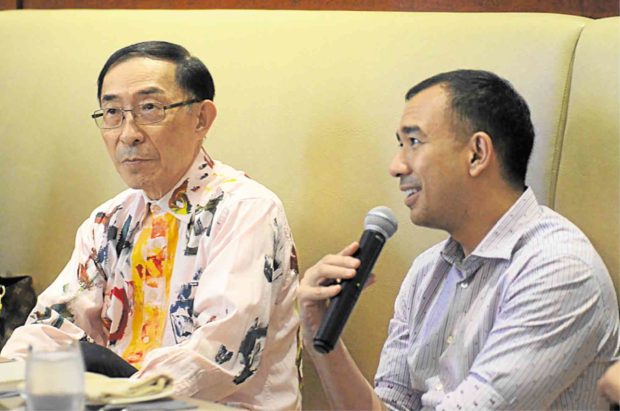
Nam June Paik was born in 1936 in Seoul, Korea. When the Korean War broke out, he moved with his family to Japan where he trained as classical pianist and studied art, music history, and philosophy.
In the 1960s, he went to Germany and started collaborating with avant-garde music composers Karlheinz Stockhausen and John Cage, doing experimental work in the electronic music studio of West German Public Broadcasting Corporation, West Deutscher Rudfunk, Cologne. This exposed him to a variety of electronic devices, sound equipment, and engineering.
It was also in Germany where he met Beuys and Maciunas and formed Fluxus, which helped in the formation of his aesthetics. Chance, absurdity and participation were the movement’s hallmarks. Fluxus “happenings,” as they were called, were vaudevillian, ephemeral and never repeated.
Robots, Sony Portapak
In 1963, Nam revisited Tokyo to study color television and robotics. He met the Japanese engineer Shuya Abe, who would become a longtime collaborator.
They constructed a video synthesizer that made it possible to edit seven different sources simultaneously—in real time.
Abe also helped Nam make his first robot, Robot K-456, in 1964. Named after Mozart’s piano concerto (Köchel’s Catalogue number 456), the robot was shown on the streets as part of the Second Annual New York Avant-Garde Festival in 1964.
Eventually, Nam moved to New York. By the late 1960s, he was at the forefront of a new generation of artists creating a new aesthetic discourse out of television and the moving image.
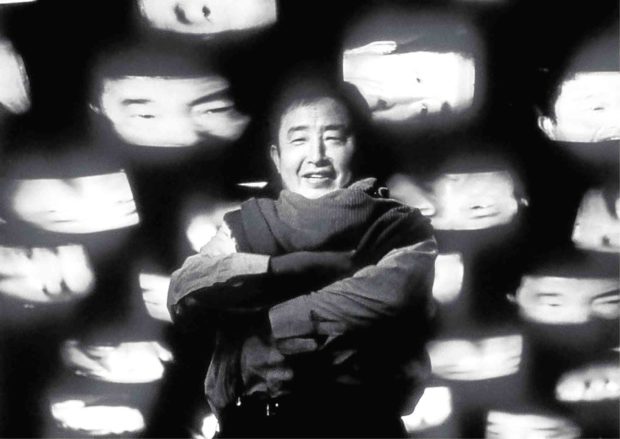
It was also in the 1960s that the Sony Portapak, a battery-powered, self-contained video tape analog recorder, was introduced to the market.
Nam experimented with the Portapak and found an easier way of recording the moving image and created subversively entertaining works.
Video art, which was in its critical infancy in the 1970s, blurred the lines between sculpture, painting, dance, photography.
In the Philippines, it was pioneered by Roberto Chabet, Johnny Manahan, Rey Albano, Nap Jamir, Glenn Bautista and Shop 6. Their ephemeral artworks were seen and experienced in inconspicuous alternative spaces. Then, in the early 1990s, their multifaceted art started referencing the Father of Video Art.
Genius, ‘crazy uncle’
Hakata said Nam was a genius, a visionary who understood the power and significance of TV and the media.
He brought TV and video into art, stressing that they weren’t sculpture, nor paintings, but “Time Art.”
Hakuta said his uncle’s “childlike curiosity, experimental spirit and aesthetics” influenced him. He added he would tag along with his famous uncle who most of the time was with other equally famous artists. He also watched Nam physically make things, influencing him at a young age to be flexible in his thinking.
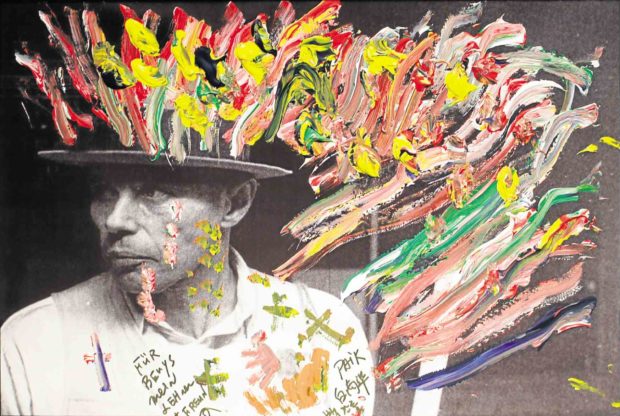
“We used to call him ‘my crazy uncle,’” Hakuta said. “He was a great uncle to have, because he wanted me to watch more TV, and I used to be a really bad piano student who had to take piano lessons. He took our family piano and destroyed it on stage, so no more piano lessons.”
Nam, Hakuta said, experimented with ways to distort the images on TV screens, created robots from miscellaneous found objects, and even made artwork from his nephew’s broken childhood toys.
In Nam’s cross-media installations, a myriad of visual and audio effects are brought to drawing, film, video projection, sculpture and movement.
Nam’s largest project with satellite broadcasting was a global video installation piece called “Wrap Around the World,” designed for the 1988 Olympic Games in Seoul, Korea. He mounted a giant media-tower shaped like a birthday cake, called “The More the Better” and used 1,003 TV monitors for a nonstop presentation of video-art images and performances by Korean drummers and international artists such as Laurie Anderson, David Bowie, Merce Cunningham, Sergei Kuryokhin.
Hakuta eventually managed his uncle’s studio in New York. Since his uncle’s death in 2006, he’s been the executor of the Nam June Paik Estate, a full-time job that keeps him shuttling between continents overseeing the integrity of his uncle’s artistic legacy. –CONTRIBUTED
“Nam June Paik in Manila” will open on Oct. 22 at León Gallery’s newest premises, G/F, Corinthian Plaza, 121 Paseo de Roxas Ave., Makati.

